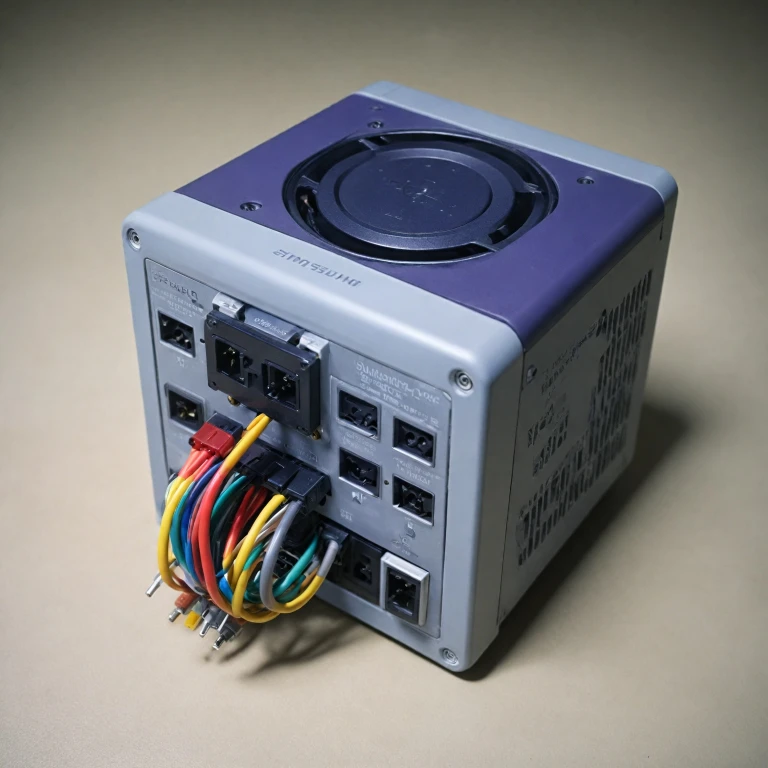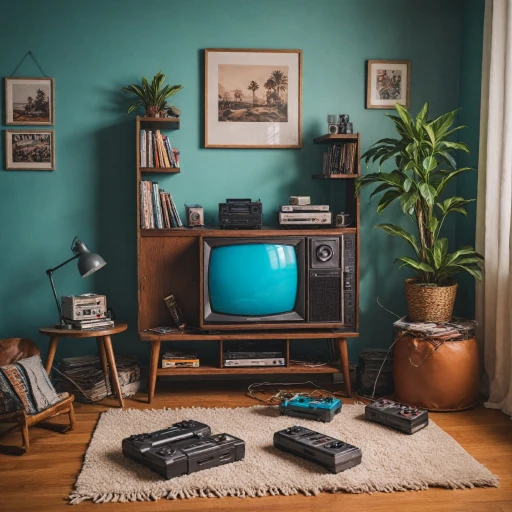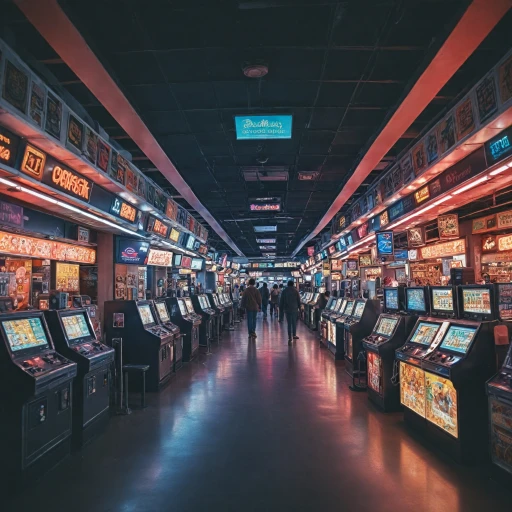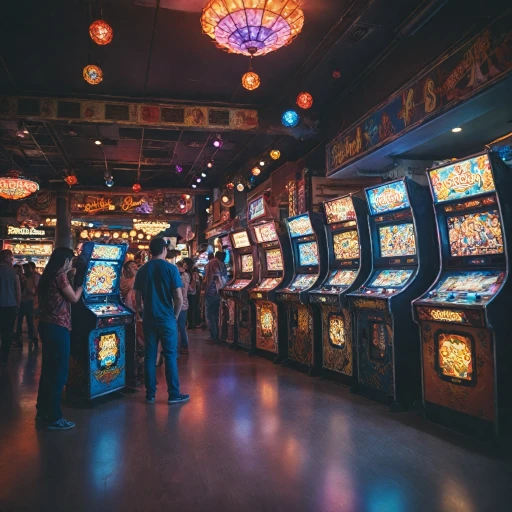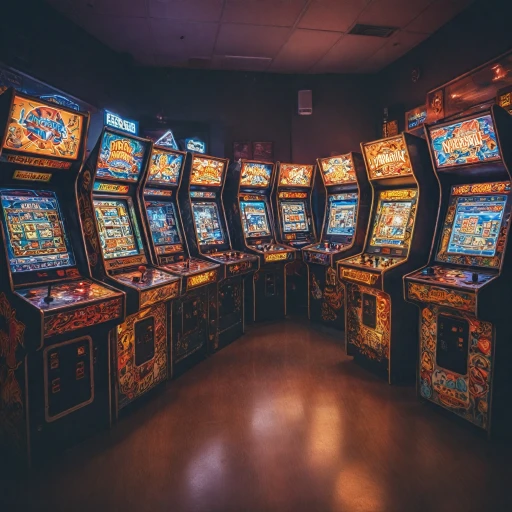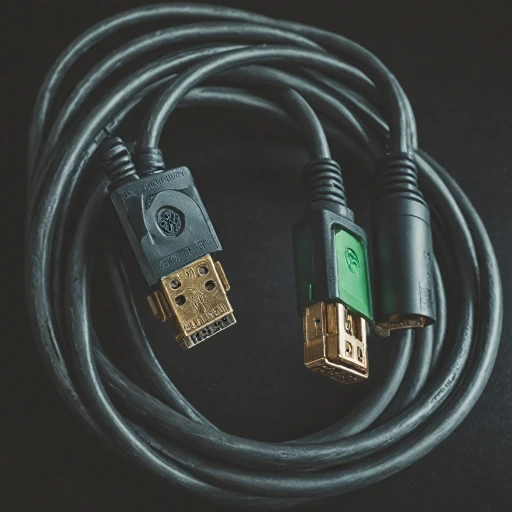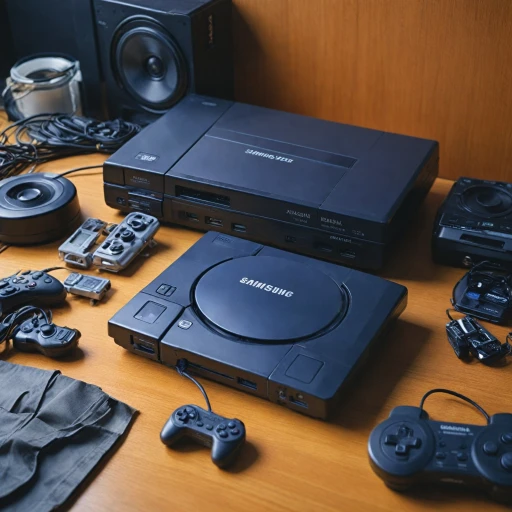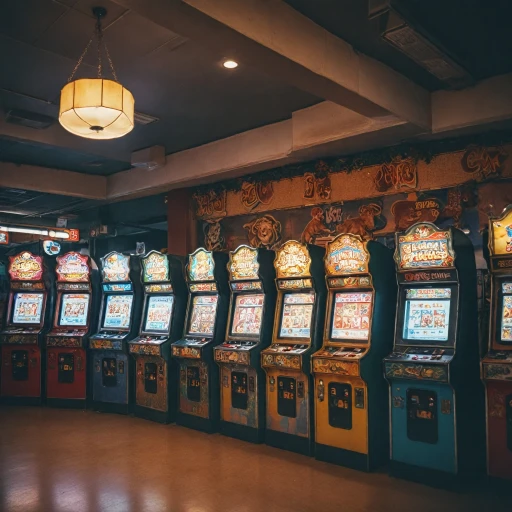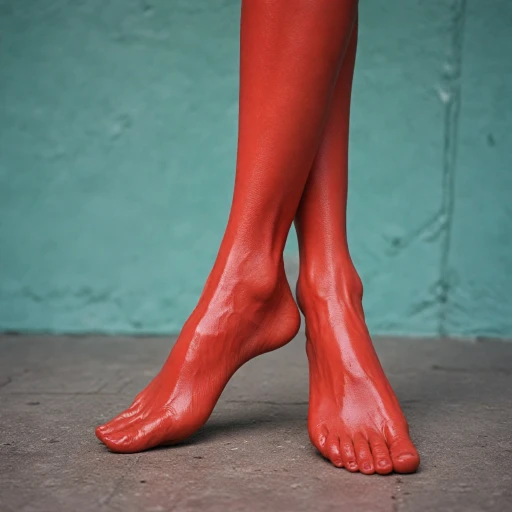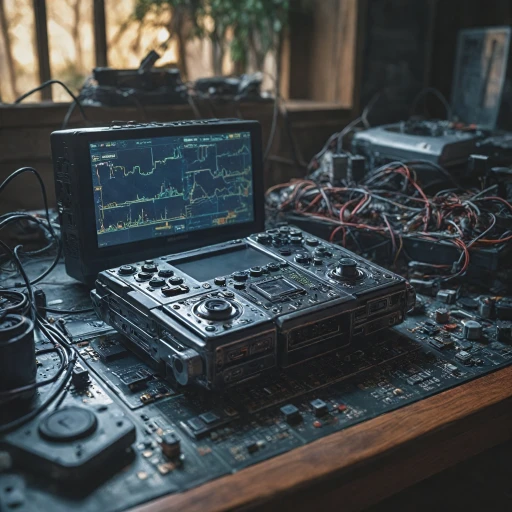
What is the GameCube Power Supply?
Decoding the Essentials of the GameCube Power Supply
When diving into the world of gaming consoles, particularly older models, understanding the underlying components can be crucial. The Nintendo GameCube, a beloved console from the early 2000s, remains a favorite among gamers who value its unique library and nostalgic appeal. One critical component that powers this iconic system is the GameCube power supply. The original power supply, also known as the official Nintendo power adapter, is a fundamental piece required for operating the console. This power brick, often referred to as the DOL power, was designed by Nintendo to connect the GameCube to a standard power outlet using its specialized connector – the adapter power cord. Over time, however, these power supplies have become somewhat scarce, as the GameCube moved from mainstream shelves to more niche marketplaces. Many enthusiasts seeking to restore or maintain their old gaming systems find themselves on platforms like eBay, hunting for original power supplies to replace ones that have malfunctioned or been misplaced. While options such as OEM official power supplies or adapter DOL copies are available, they often come at a price, impacted by factors like shipping, demand, and the supply’s condition. Additionally, the importance of genuine OEM Nintendo power supplies cannot be overstressed, as using non-official adapters could not only compromise the performance but also risk damaging the console. Thus, engaging in careful evaluations before purchasing replacement power cords either online or from pre-owned stores ensures both console longevity and a seamless gaming experience. For those interested in diving deeper into the essentials of retro gaming consoles, exploring topics like the relationship between emulators and original hardware through resources like exploring the world of GameBoy emulators can provide valuable insights beyond just hardware specifics.Key Features of the GameCube Power Brick
Characteristics that Define the Unique Power Brick
The GameCube power brick, an essential component for any Nintendo aficionado, stands out with its simple yet effective design. Originally released alongside the iconic Nintendo GameCube, this adapter has kept the console running smoothly for years, provided it's maintained properly. It's important to note a few distinguishing features:- Originality and Compatibility: The power brick is designed to work exclusively with the Nintendo GameCube, ensuring optimal performance right out of the box. Any original power supply, or those labeled as OEM (Original Equipment Manufacturer), guarantees a seamless connection.
- Design and Build: Compact and efficiently built, the GameCube power supply does not take up unnecessary space, making it easy to handle. Its durability ensures that it can withstand regular use without compromising on performance.
- Cable Length and Connectivity: Equipped with a long enough power cord to provide flexibility in setting up your console, the connector fits securely into the GameCube's power port, preventing any loose connections.
- Safety Features: The adapter includes various safety features to protect against potential power surges or short circuits that could harm your console. This makes the OEM Nintendo power supply a reliable choice for maintaining your GameCube's longevity.
Common Issues with GameCube Power Supplies
Recognizing Common GameCube Power Challenges
The GameCube power supply is known for its durability, but like any device, it can face issues over time. One frequent problem is the power adapter failing to power the console, often due to a loose connection or a worn-out cable. To address this, make sure the power cord is firmly inserted into both the wall outlet and the GameCube. If the issue persists, inspect the cord for any visible damage that might need replacement.
Another common problem involves the adapter overheating during extended gaming sessions. This can be caused by poor ventilation around the power brick. Placing the power supply in a well-ventilated area can help mitigate this problem and extend its lifespan. Learn more about technological hardware intricacies in gaming consoles.
Users might also experience intermittent power loss, which can be a sign of internal component wear or contact points faltering. In this case, it may be worth considering replacing the power supply with a manufacturer-approved option, which you can often find through major online retailers or dedicated gaming stores. OEM Nintendo power solutions usually offer the best reliability and performance.
Troubleshooting GameCube Power Supply Problems
Troubleshooting Issues with Your GameCube Power Supply
Experiencing problems with your GameCube power supply can be frustrating, especially when you're ready for a retro gaming session. Common issues can potentially be resolved with some basic troubleshooting steps.
- Examine the Power Cord and Cable: Before assuming the worst, check the power cord and cable for any visible damage like frays or cuts. Sometimes a simple inspection can save you both time and money.
- Verify Connections: Ensure that the connection between the GameCube and the power adapter is secure. Loose connections can lead to intermittent power supply issues. Also, verify the connection to your wall outlet.
- Test with Another Outlet: Faulty wall outlets can mimic the symptoms of a malfunctioning power supply. Switching to a different outlet can help diagnose if the wall outlet is at fault.
- Check for Overheating: If your GameCube suddenly powers off, the power brick might be overheating. Allow it some time to cool down before restarting your console. Placing the GameCube supply in a well-ventilated area can help prevent this issue.
- Use an Original Power Adapter: Non-OEM power adapters might not deliver consistent performance. Sticking to an original power solution, like the official Nintendo GameCube adapter, can alleviate power issues.
If these steps do not resolve your problem, it may be necessary to consider replacement options. Identifying whether your GameCube adapter is faulty or if the issue lies elsewhere is crucial for deciding the next steps. With reasonable prices and availability, both OEM official power supplies and third-party alternatives are accessible online, often with options for free shipping.
Where to Find Replacement GameCube Power Supplies
Locating Your Trusted Source for Replacement
If you find yourself requiring a replacement for your GameCube power supply, several reliable sources stand out in the marketplace. When searching, it’s essential to ensure that you’re getting an authentic and compatible product for your beloved console.- OEM and Official Nintendo Options: Start by checking for original power supplies directly from official Nintendo platforms or authorized sellers. OEM Nintendo products often provide the assurance of quality and compatibility, maintaining the longevity of your GameCube.
- Online Marketplaces: Websites like eBay can be treasure troves for finding pre-owned or new GameCube power supplies. Many sellers offer OEM options, and some may include free shipping. Pay close attention to the condition and ratings of the sellers to avoid any pitfalls.
- Retailers Specializing in Retro Gaming: Certain retailers specialize in retro gaming supplies and may offer both official and third-party adapters. Here, you might also find adapters for other vintage consoles like the Sega, ensuring your classic gaming setup remains uninterrupted.
Tips for Maintaining Your GameCube Power Supply
Extend the Longevity of Your GameCube Power Supply
Maintaining your Nintendo GameCube power adapter is crucial for ensuring an enjoyable gaming experience over time. Here are some practical tips to help keep your power supply in good condition:
- Regular Inspection: Regularly check the power cord and cable for any physical damage, like fraying or cuts. Identifying such issues early can prevent more significant problems.
- Proper Storage: When not in use, store your GameCube power supply in a cool, dry place. Avoid exposure to direct sunlight or heat sources, which can degrade the cord and internal components.
- Secure Connections: Ensure that the adapter is plugged in securely to both the console and the power outlet. Loosely connected parts might result in inconsistent power flow, risking damage.
- Surge Protection: Use a surge protector to guard against voltage spikes that could harm your original power supply and even your Nintendo GameCube console.
- Avoid Overloading Circuits: Be cautious about the number of devices connected to the same outlet or circuit as your console. Overloading can cause power fluctuations.
- Troubleshooting Tips: Familiarize yourself with basic troubleshooting steps should any issues arise. This will help you quickly identify whether the problem lies with the GameCube power supply or another component.
By following these simple maintenance tips, you can ensure that your adapter dol and power cord remain reliable through countless gaming sessions.
